Bridge Rectifier Modules, Diode Bridge Rectifiers
Robust plastic case with screw terminals, large, isolated base plate, blocking voltage up to 1800V, high surge currents,single phase bridge rectifier & three phase bridge rectifier, easy chassis mounting; widely used for three phase rectifiers for power supplies, input rectifiers for variable frequency drives, rectifiers for DC motor field supplies, battery charger rectifiers.
Differences Between Diode Bridge Modules and Bridge Rectifiers
Both a diode bridge module and a bridge rectifier serve the same fundamental purpose: converting alternating current (AC) to direct current (DC). However, there are some differences in their construction, packaging, and application contexts.
Bridge Rectifier
-
Definition:
- A bridge rectifier is a circuit configuration typically consisting of four diodes arranged in a bridge topology to convert AC to DC.
-
Components:
- It is usually constructed using individual diodes connected in a specific arrangement on a circuit board.
-
Packaging:
- Bridge rectifiers can be found in various packaging forms, including discrete components where each diode is separate, or as integrated units where all four diodes are encapsulated in a single package.
-
Applications:
- Commonly used in power supplies, battery charging circuits, and other applications requiring AC to DC conversion.
Diode Bridge Module
-
Definition:
- A diode bridge module is essentially a bridge rectifier but comes as a pre-assembled, integrated module that includes not just the diodes but also additional components such as heat sinks, protective elements, and sometimes even filtering components.
-
Components:
- It includes the four diodes arranged in a bridge configuration but may also integrate additional features for enhanced performance and protection.
-
Packaging:
- These modules are typically packaged in a more robust and often larger enclosure designed for higher power applications. They might include mounting holes for easy installation and may come with improved thermal management solutions.
-
Applications:
- Used in industrial applications, motor drives, high-power power supplies, and other scenarios where higher current and voltage ratings are required. They are designed for more demanding environments where reliability and durability are critical.
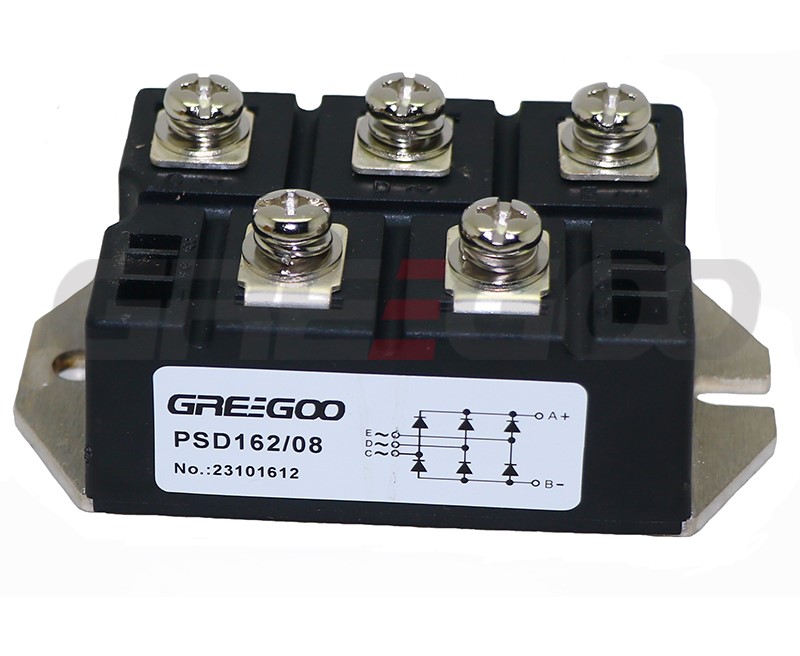
Key Difference
-
Construction:
- Bridge Rectifier: Often constructed using discrete diodes or as a single integrated package.
- Diode Bridge Module: A more comprehensive unit that may include additional components and features beyond just the diodes.
-
Packaging:
- Bridge Rectifier: Can be found in small, compact packages suitable for lower power applications.
- Diode Bridge Module: Typically larger, more robust, and designed for higher power applications with better thermal management.
-
Applications:
- Bridge Rectifier: Suitable for general-purpose AC to DC conversion in various electronic devices.
- Diode Bridge Module: Suitable for industrial and high-power applications where enhanced durability and performance are needed.
-
Ease of Use:
- Bridge Rectifier: May require additional components like heat sinks or protective elements depending on the application.
- Diode Bridge Module: Often comes as a ready-to-use unit with integrated features that simplify installation and improve reliability.
In summary, while both serve the same basic function of converting AC to DC, diode bridge modules are designed for more demanding applications with higher power requirements and often come with additional features that enhance their performance and reliability.
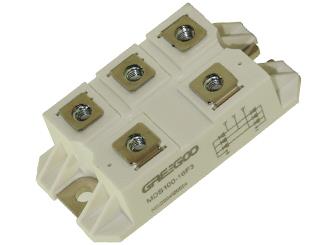
Slim 3 phase Power Diode Module GDF100AA
Power Diode Module DF100AA is designed for three phase full wave rectification, High reliability by unique glass passivation, Isolated mounting base, Output DC current is 100Amp (Tc=102℃), Repetitive peak reverse voltage is up to 1,600V.
Read More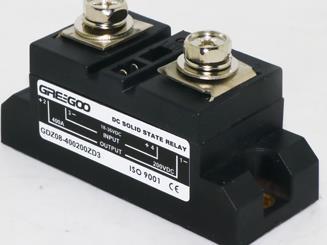
What is a DC Solid State Relay? How about it's feature, application and how to choose a suitable DC SSR?
DC solid state relays use semiconductor switching elements, which makes them faster, more reliable, and longer-lasting in many applications.
Read More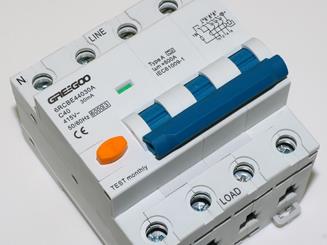
RCBO - electronic and magnetic type, type A and AC, maximum up to 40A
6kA RCBO, 4P/2P, type A/AC, 6A to 40A, electronic and magnetic tripping
Read More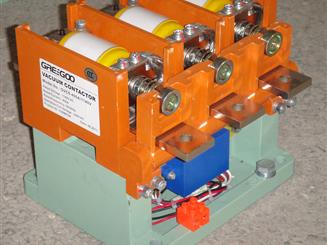
What is the purpose of a vacuum contactor?
In summary, the purpose of vacuum contactors is to provide precise and reliable control over electrical power in various applications. Their ability to handle high currents, suppress arcing, and facilitate frequent switching makes them essential components in industrial, commercial, and transportation systems where efficient and controlled power distribution is critical.
Read More













